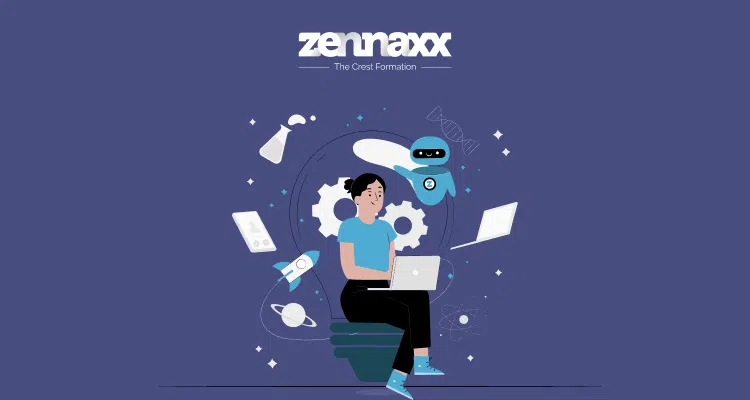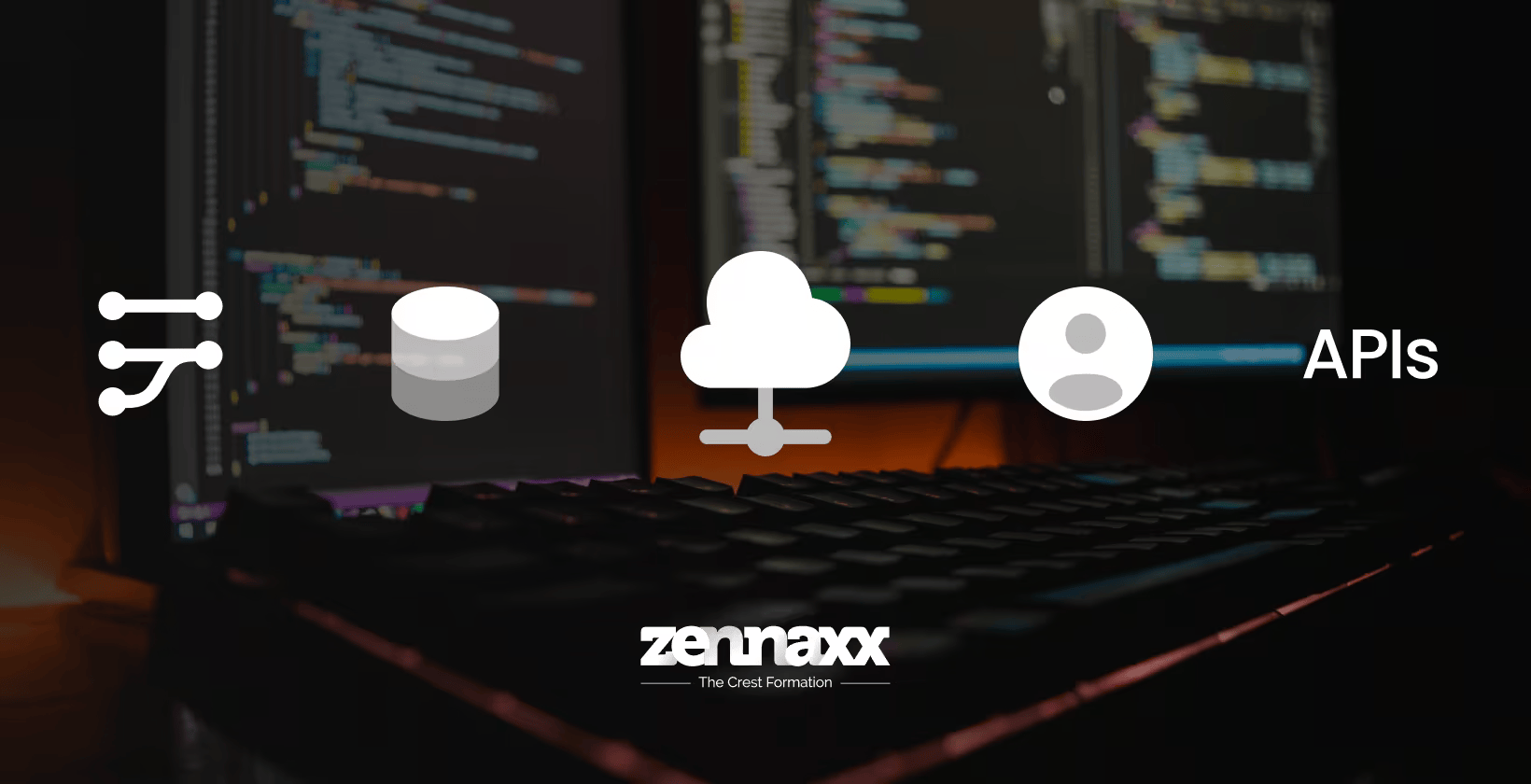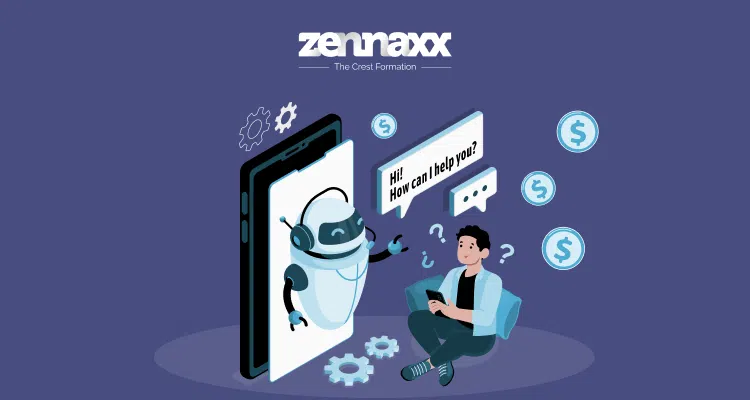How can I improve my business with AI software development? It must be a huge challenge to build AI software, right?
The Internet has some online tools to build AI software. Expert developers know them well.

Understanding AI Concepts
Types of AI
1. Artificial Narrow Intelligence (ANI)
Examples include the algorithms behind Google’s search engine and Apple’s Siri.
2. Artificial General Intelligence (AGI)
3. Artificial Superintelligence (ASI)
Difference between AI vs. Traditional Programming
What Do You Need to Build AI Software?
High-Quality Data: This forms the basis of your AI’s development.
Algorithms and Models: They are a means to an end in data processing, from simple decision trees to deep learning networks.
Robust Infrastructure: Important for training and deploying AI. It could be on-premise servers or cloud platforms like AWS or Google Cloud.
Knowledge and Skills: To develop and run AI software, you must know:
- Machine Learning
- Statistics
- Programming languages, like Python or R.
Planning to develop EHR software?
Contact us today and let our team of experienced professionals transform your vision into an innovative and user-friendly app that stands out in the market!
Steps for Building AI From Scratch
Build AI software from scratch without hiring expert developers. It creates many challenges for your project.
- Identify the Problem: Define the problem to solve. Set specific goals for your AI software.
- Gather Data: Collect and prepare the data your AI will use. This might involve web scraping, API calls, or manual data collection.
- Choose Tools and Platforms: Select the tools and platforms that fit your needs and skills.
- Develop Algorithms: Create or choose AI models to learn from your data.
- Train the Models: Input your data into the models. Then, tweak the parameters to optimize performance.
- Evaluate the System: Test the AI with new data to check its accuracy and robustness.
- Deploy and Monitor: Once satisfied, deploy your AI system. Then, monitor and update it to keep it practical.
Step 1: Identifying the Problem & Defining Goals
- Feasibility: Can AI be the chosen technology to solve the specific issue?
- Impact: What positive devices come with solving this problem in your enterprise?
- Data Quality: Is there good and reliable data relevant to this issue?
If you are clear and specific about the parts, AI can help. It will get your business the solutions it needs and the right results.
Step 2: Data Collection & Preparation
- Data Protection: Ensure your data meets the government’s privacy criteria.
- Connection: The data should be directly connected to the problem you’re working on.
- Amount: More data only automatically leads to better solutions. On the contrary, an excess of irrelevant datasets can seriously disrupt the machine’s learning ability.
Step 3: Selection of Tools & Platforms
1. Programming Languages and Libraries
Python is the most popular programming language. It is easy to learn. It has many AI and machine learning libraries, like TensorFlow, PyTorch, and scikit-learn.
1.1 Scalability
1.2 Cost-efficiency
1.3 Software Compatibility
Step 4: Algorithm Creation or Model Selection
1. Creating a Custom Algorithm
2. Selecting a Pre-existing Model
3. Key Considerations
4. Accuracy vs. Speed
According to the reliability-certainty quotient, the machine answers questions correctly and on time. The results are improved customer experience and streamlined support operations.
Step 5: Training the Algorithm or Model
- Data Quality: Keep the training data clean and relevant to get the best results.
- Overfitting vs. Underfitting: Overfitting is when the model memorizes the training data. It can’t apply its skills to new data. On the contrary, underfitting means the model must know the training set. It’s essential to keep balance.
- Resources: Training is like a workout for your hardware. Be sure to get enough computational power or use cloud-based solutions instead.
Step 6: Evaluation of the AI System
- Overfitting/underfitting occurs when a model is too flexible. It performs poorly on new data but fits the training data too well. It will not fit enough if there are issues with both.
- Model Bias: If your model is biased, check your data for homogeneity.
- Real-World Applicability: Test the model in real-life settings. This will see if it works under non-training conditions.
Step 7: Deploying Your AI Solution
Docker and Kubernetes are potential tools to avoid the risks with program implementation.
- Compatibility: Your AI software must work with the current systems, without failures.
- Scalability: The current solution can accommodate more data or traffic users.
- Security: The safety of the users and their sensitive information is paramount. We prioritize our users’ privacy and their sensitive data. We also ensure a basic level of security for our site.
- Monitoring: The goal of this procedure is to control units and find errors.
Step 8: Monitoring & Regular Updates
- Changing Data Patterns: Look at the new trends that are always there, and you will need to train your model again.
- Continued Relevance: Regularly check the model’s alignment with the business’s goals.
- Maintenance: Migrating systems might need an upgrade. You must maintain the system if you decide to migrate.
Want to Automate Your Business Process With a Software Solution?
Zennaxx, a leading software development firm in Canada, has delivered 700+ bespoke solutions spanning various industries.
Successful Use Cases of AI Integration Software
1. AI in Retail: Computer Vision Solution for a Cosmetic Retailer
A cosmetic retailer planned to enhance the customer experience and optimize inventory management.
2. AI in Logistics: Robotic Process Automation Solution
3. AI in Construction: Building Automation System
We deployed a cutting-edge, AI-run building automation system. It oversees the building in great detail. It monitors measurements, usage, vehicle issues, and the weather.
- Anticipate and fix maintenance issues.
- Reduce energy use.
- Check safety compliance.
4. AI in Compliance Automation: Solution for Grant Seekers
5. AI in Social Media: Intelligent Virtual Companion
For years, industries like healthcare, agriculture, finance, retail, and manufacturing have utilized AI. AI is the source of inspiration for the world’s economic and social aspects.
Best Practices for AI Software Development
1. High-Quality Data
2. Select Appropriate Models
3. Test and Improve
4. Focus on Ethical Responsibility
5. Ensure Transparency and Explainability
6. Scalability and Flexibility
Challenges of Building Artificial Intelligence
1. Overfitting/Underfitting
2. Data Quality and Quantity
2.1 Shortage of Expertise
2.2 Ethical Issues
2.3 Integration Challenges
2.4 Rapid Technological Changes
2.5 Regulation Compliance
Integrating Your AI System Into Your Business
1. Introduction to Existing Systems
2. Easy Interactivity
3. Employee Training and Support
4. Identifying Key Performance Indicators (KPIs)
Develop KPIs to check & track the performance of the AI implementation in your company.
Conclusion
Contact us to implement AI technology in your industries. Zennaxx Technology helps your industries to be more flexible and advance with AI.


